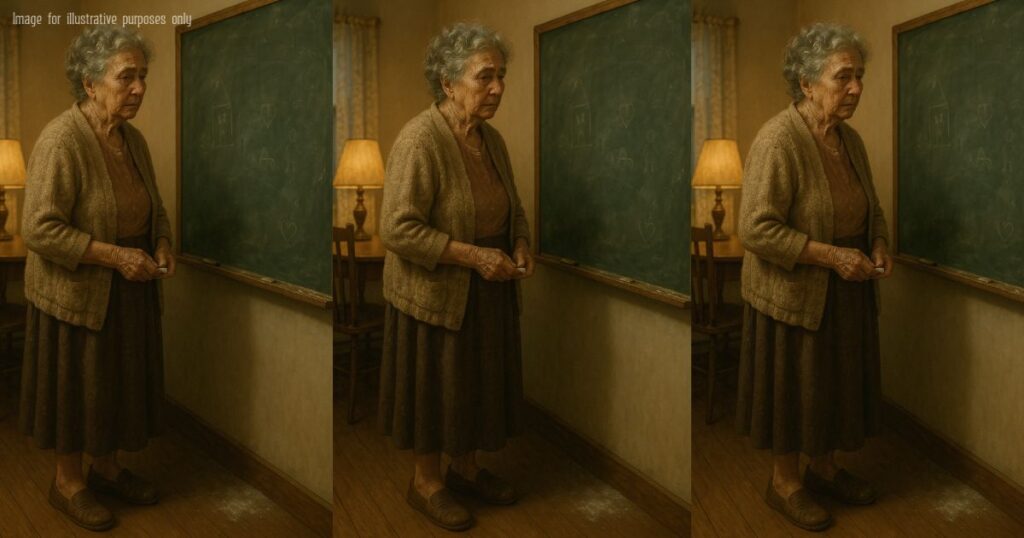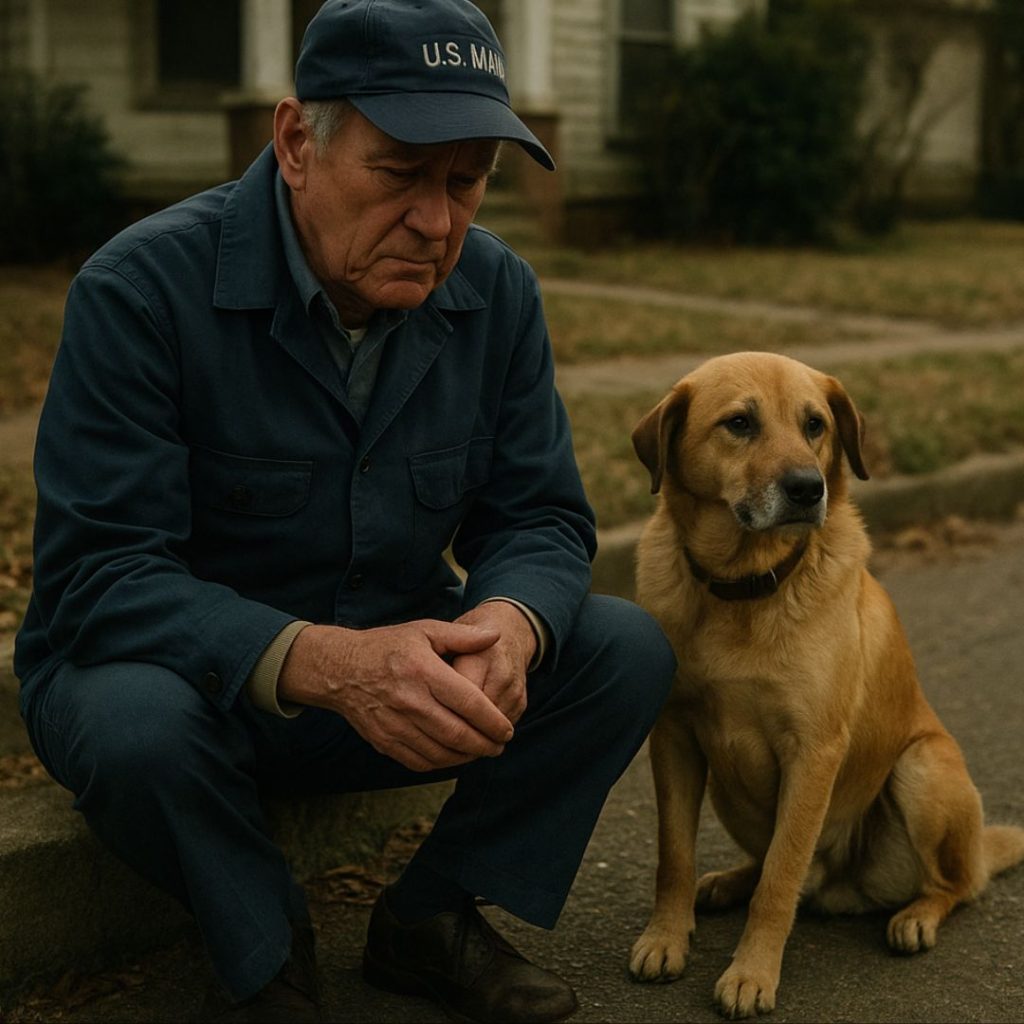Margaret returned a moment later carrying something Emma had never seen before.
It was an old wooden box, edges worn smooth, latch rusted but still working. Margaret set it gently on the table and opened it.
Inside: yellowed lesson plans. Class photos in black and white. A note in crayon that read “Thank you for believing in me” with no name attached. And at the bottom, wrapped in a faded blue cloth — a framed certificate from the State Board of Education, dated 1969.
Emma peered inside.
“What is all this?”
“These,” Margaret said, “are reminders. That I once taught in a world before rubrics and algorithms. That children used to be seen as gardens, not spreadsheets.”
She pulled out the note and handed it to Emma.
“This was from a boy named Calvin. He couldn’t read until second grade. Everyone thought he was slow. But he just needed a different rhythm. A different kind of music. By fifth grade, he was writing poems. Beautiful ones.”
Emma traced the crayon letters with her fingertip. “Did you help him?”
“I didn’t fix him,” Margaret said firmly. “I just didn’t break him.”
She looked at her granddaughter.
“Emma, math isn’t just about answers. It’s about how you walk toward them. If your steps are different, that doesn’t mean they’re wrong.”
Emma blinked, holding back tears.
“But what if the teacher says I have to do it her way?”
Margaret sighed. “Then we do both. Her way, so she sees you’re trying. And our way, so you remember who you are.”
That afternoon, they sat at the table with two notebooks: one for schoolwork, lined and neat; the other a “secret math journal,” where numbers became stars and dragons again.
Every mistake in the school notebook became a puzzle in the journal — a chance to play, to learn, to laugh.
But something else shifted, too.
Margaret began writing letters.
One to Mrs. Keene, praising her hard work but gently suggesting alternative approaches.
One to the school board, advocating for multiple learning styles.
And one, folded and placed inside the same box she’d shown Emma — addressed simply: To the future teacher who finds this.
In it, she wrote:
“Do not forget that behind every answer is a child.
A soul, not a score.
A story, not just a student.”
The weeks passed. Emma grew bolder. She no longer whispered when confused. She raised her hand in class. And one day, she came home waving a test with a red 100 circled at the top — not because she did it the “normal” way, but because she explained her thinking so clearly, the teacher couldn’t ignore it.
That night, Margaret stood at the chalkboard, staring at the trail of numbers they’d drawn over the weeks. She didn’t erase it.
She picked up a piece of chalk and wrote, in big crooked letters across the top:
“There’s more than one way up the mountain.”
And beneath it, Emma added:
“But you gotta love the climb.”


